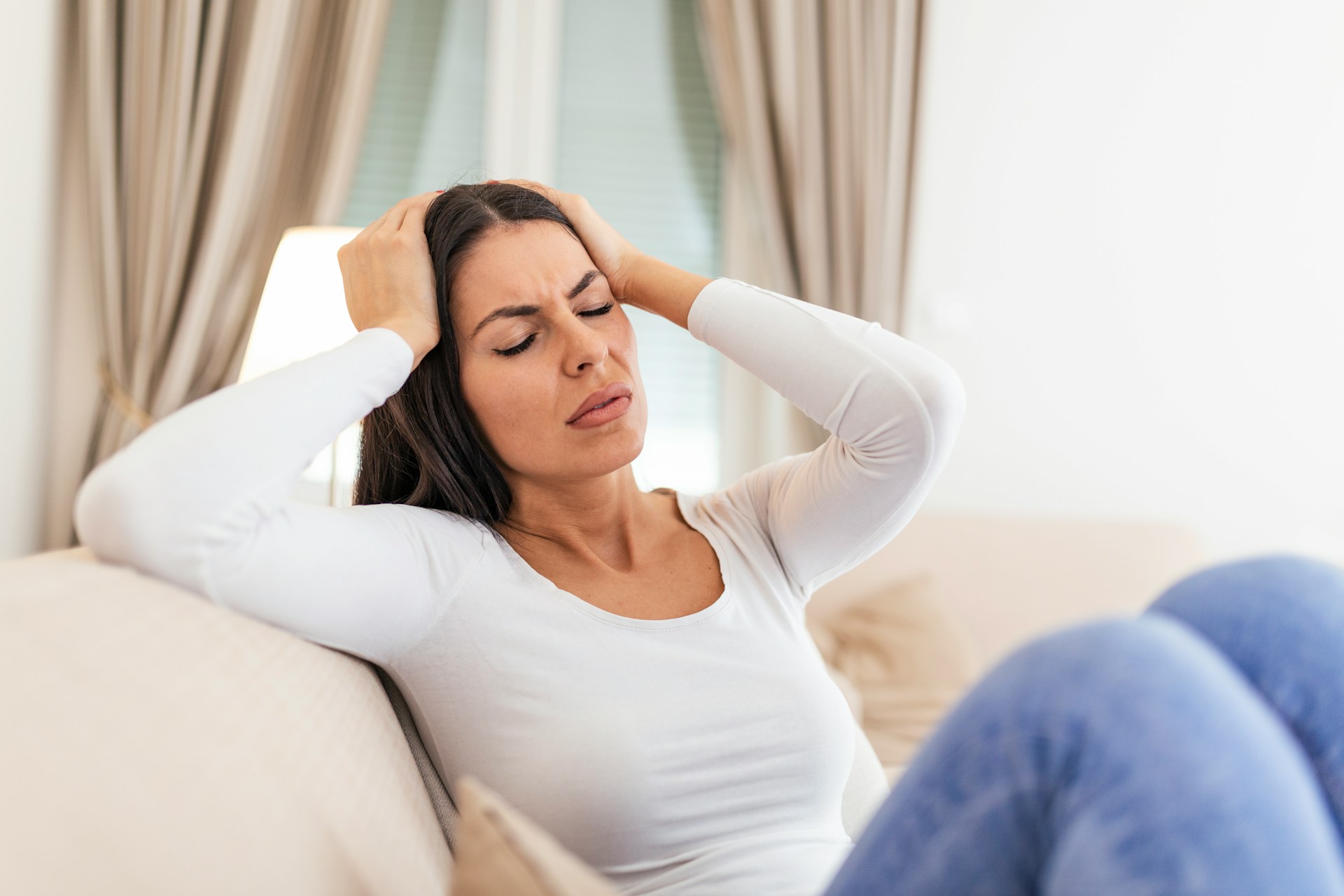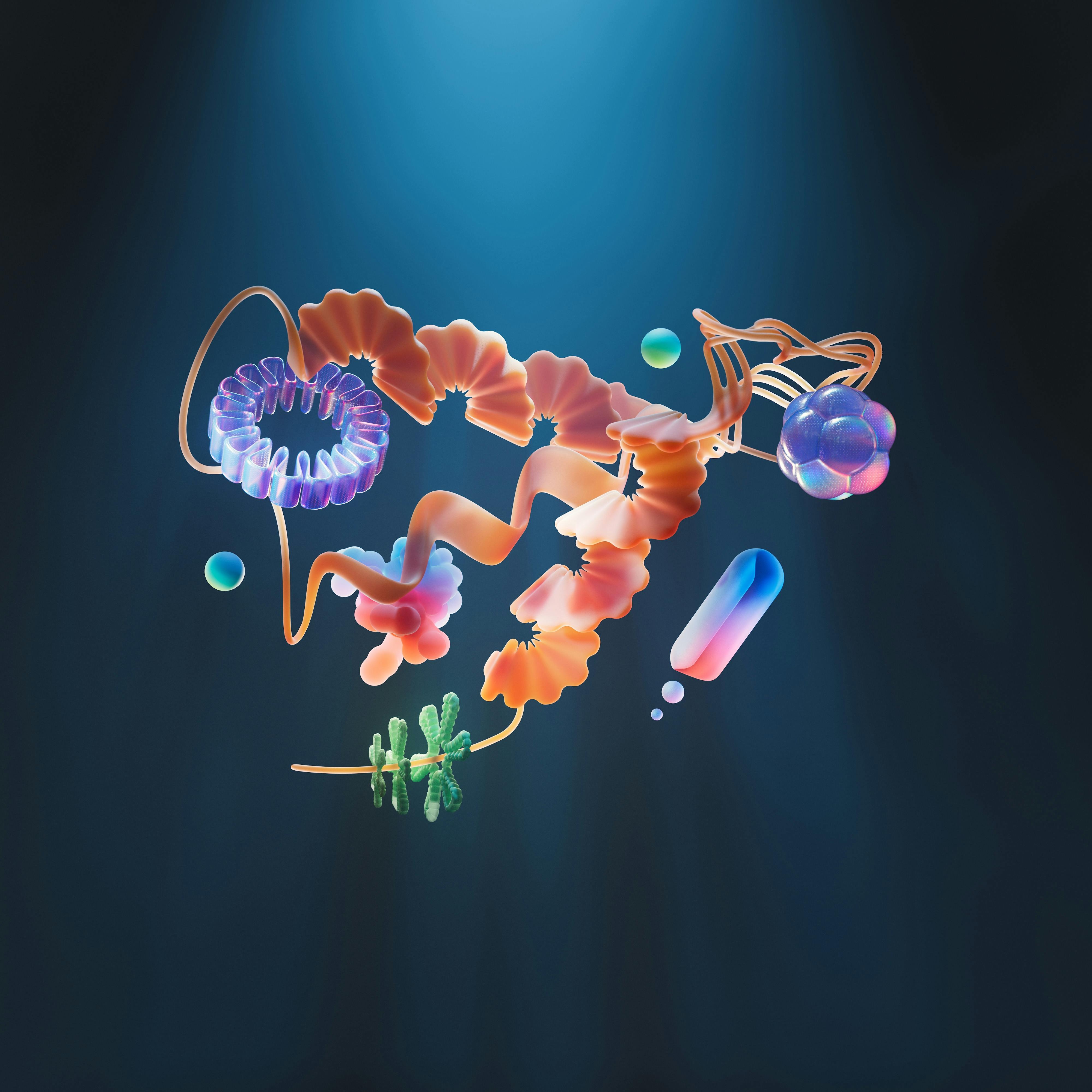Migraines in Women
Migraines are the most common neurological disorder worldwide, and one of the most common pain conditions, disproportionately affecting women more than men.
For women in Perth, understanding what is contributing to your migraines, will influence strategies to help reduce the frequency and severity of their onset.
Understanding how hormones influence migraine onset and severity is an important first step in developing an effective management plan. Migraines often flare during periods of hormonal fluctuation—such as puberty, the premenstrual phase, or perimenopause—when oestrogen levels are shifting.
The Role of Oestrogen in Migraines
Oestrogen is closely tied to migraine onset. Whether or not a woman experiences aura (visual or sensory disturbances before the headache) can help differentiate the type of migraine and its triggers:
- Migraines with aura tend to worsen during high-oestrogen states, such as ovulation, the peak luteal phase (around seven days before menstruation), and perimenopause.
- Hormonal migraines without aura are more often triggered by a drop in oestrogen, typically during the 5-day window that starts 2 days before the onset of your menstrual bleed and the first three days of menstruation.
Natural Support and Nutritional Considerations
A Naturopathic approach considers both hormone balance and broader systemic factors:
- Phytoestrogens (ie soy isoflavones): Taken in the days before an expected migraine, at a dose of 50–100 mg/day, may help reduce migraine frequency and duration, triggered by declining oestrogen.
- Liver and gut microbiome support: To assist oestrogen detoxification and help reduce inflammation.
- Magnesium citrate: 400 -600 mg/day, ideally in divided doses or sipped throughout the day, can reduce the duration, and frequency of migraines.
- Histamine regulation: Elevated histamine levels, from the diet or imbalances in the gut microbiome, may contribute to migraines. In some women, intestinal dysbiosis or genetic factors affecting histamine metabolism may require further investigation.
Lifestyle and Diet for Migraine Prevention
Lifestyle strategies are key to managing migraine frequency and severity:
- Anti-inflammatory diet: A Mediterranean-style eating pattern, rich in vegetables, lean proteins, omega-3 fats, and low in processed foods, soft drinks, and refined sugars, can reduce systemic inflammation.
- Diet specifics: A recent literature review found that ketogenic, high-folate, low-fat, and high omega-3/low omega-6 diets demonstrated beneficial effects.
- Gut health: Supporting the gastrointestinal system and microbiome with adequate fibre intake to assist histamine clearance and hormone regulation.
- Sleep and stress management: Prioritising restorative sleep, regular physical activity, and stress reduction strategies can reduce migraine susceptibility.
When to Seek Professional Support
Hormonal imbalance, suboptimal nutrient levels and genetic predisposition—including variations in oestrogen detoxification, methylation and histamine-processing genes—can influence migraine risk and response to treatment.
A consultation with a qualified Naturopath can help identify your individual triggers, assess contributing hormonal factors, and create a tailored plan to help reduce the frequency and severity of migraines.
If you experience recurrent migraines and would like a holistic, evidence-informed approach to care, book a consultation here with one of our Subiaco Clinic Naturopaths today.
References
- Babapour M, Khorvash F, Rouhani MH, Ghavami A, Ghasemi-Tehrani H, Heidari Z, Karbasi M, Moradi F, Askari G. Effect of soy isoflavones supplementation on migraine characteristics, mental status and calcitonin gene-related peptide (CGRP) levels in women with migraine: results of randomised controlled trial. Nutr J. 2022 Jul 30;21(1):50.
- Gazerani, Parisa. 2020. "Migraine and Diet" Nutrients 12, no. 6: 1658.
- Jahromi, S.R.; Ghorbani, Z.; Martelletti, P.; Lampl, C.; Togha, M.; On behalf of the School of Advanced Studies of the European Headache Federation (EHF-SAS). Association of diet and headache. J. Headache Pain 2019, 20, 106–111
- Maintz L, Novak N. Histamine and histamine intolerance. Am J Clin Nutr. 2007;85(5):1185–1196.
- Sacco S, Ricci S, Degan D, Carolei A. Migraine in women: the role of hormones and their impact on vascular diseases. J Headache Pain. 2012 Apr;13(3):177-89.
- Vetvik KG, MacGregor EA. Sex differences in the epidemiology, clinical features, and pathophysiology of migraine. Lancet Neurol. 2017;16(1):76–87.
- von Luckner A, Riederer F. Magnesium in Migraine Prophylaxis-Is There an Evidence-Based Rationale? A Systematic Review. Headache. 2018 Feb;58(2):199-209.
























%201.svg)
%201.svg)
%201.svg)
%201.svg)





.svg)







.svg)
.svg)






Lorem ipsum dolor sit amet, consectetur adipiscing elit. Suspendisse varius enim in eros elementum tristique. Duis cursus, mi quis viverra ornare, eros dolor interdum nulla, ut commodo diam libero vitae erat. Aenean faucibus nibh et justo cursus id rutrum lorem imperdiet. Nunc ut sem vitae risus tristique posuere.